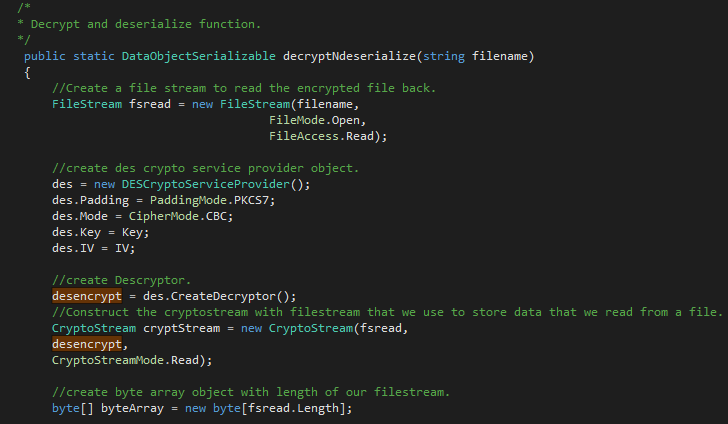

The recipient then checks the certificate against their Certificate Authority (CA) or an external Validation Authority (VA) for authentication.The sender sends a certificate to the recipient for verification.The Sender and Recipient verify each other’s certificates:.The database, application, file system, or storage then sends the plaintext information to the user.The database (may) cache the DEK in temporary secure memory.The KM API then sends the DEK to the database, application, file system, or storage.The KM sends the DEK to the client (KM API) over the encrypted TLS session.The KM then decrypts the requested DEK with the KEK.

Once the certificates have been accepted, a secure TLS connection is established between the client (KM API) and the KM.Once the client (KM API) certificate has been verified, the KM then sends its certificate to the KM API for authentication and acceptance.

#Encrypto decrypt key iv full
There is an entire physical and digital cryptosystem that must be must be accounted for as well as each key’s full lifecycle. Like a safe’s combination, your encryption keys are only as good as the security you use to protect them. NIST’s statement paints an accurate picture. Similarly, poor key management may easily compromise strong algorithms.” If a safe combination is known to an adversary, the strongest safe provides no security against penetration. Keys are analogous to the combination of a safe. “The proper management of cryptographic keys is essential to the effective use of cryptography for security.


 0 kommentar(er)
0 kommentar(er)
